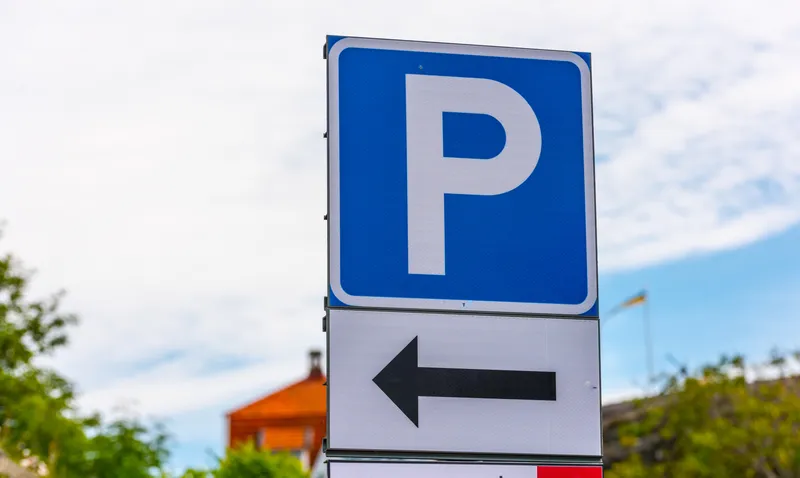
Parkopedia says its parking reservation and payment services are now available in Mercedes-Benz models across more than 5,000 locations in North America.
Mercedes' latest MBUX infotainment system uses Parkopedia data and in-car payment technology to simplify the process of finding, reserving and paying for parking.
It shows parking opening times and restrictions, plus information such as costs and height limits, with dynamic availability predictions. Parkopedia says the new head unit provides "improved parking search functionality and makes it easy to locate suitable parking close to points of interest or a vehicle’s current location".
Motorists can search for specific parking locations or nearby car parks to their destination; recent searches and relevant parking details are displayed on-screen
The system enables drivers to select check-in and check-out times, view the total cost and confirm the booking, at which point they will be sent a QR code to scan when arriving at the car park to gain entry in the absence of automatic number plate recognition.
The companies’ relationship began in 2018: in Europe, drivers can also now pay for parking in 14 countries, including Germany, France, Italy, Spain, Netherlands, Belgium and Sweden, while parking reservations can be made in Germany, France, Italy and Belgium.
Markus Dohl, VP of sales & business development Europe at Parkopedia, said: “Parkopedia and Mercedes-Benz have a well-established and successful global partnership spanning over half a decade. We are pleased to be building upon this further with the latest roll-out of desirable connected parking services into North America and expanding our coverage in Europe.”








